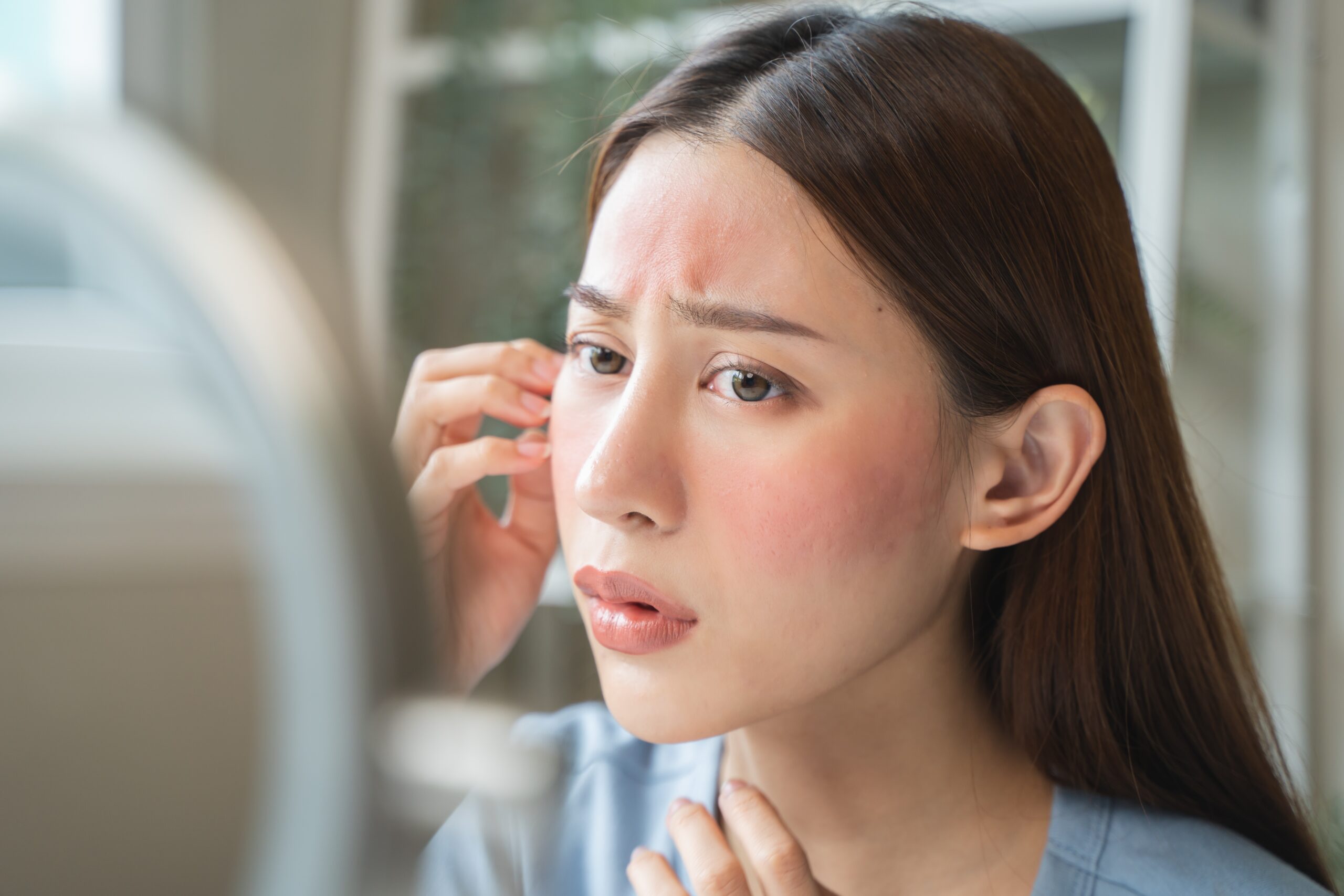Hormone fluctuations can turn your skin into a battlefield, but with the right strategies, you can regain control.
Story Overview
- Hormones significantly affect skin health, leading to conditions like acne and dryness.
- Recent studies highlight the mechanisms of hormonal impact on the skin.
- Personalized skincare and medical interventions can mitigate these effects.
- Lifestyle changes play a crucial role in managing hormone-related skin issues.
The Hormonal Influence on Skin
Hormonal fluctuations, whether during puberty, menstrual cycles, pregnancy, or menopause, can wreak havoc on the skin. These hormonal changes trigger a cascade of effects, leading to acne, dryness, and even accelerated aging. Estrogen, progesterone, testosterone, and cortisol are the primary hormones involved, each playing unique roles in skin health. Understanding these roles is essential to managing the skin issues they cause.
Estrogen, for instance, helps maintain skin hydration and thickness. As estrogen levels drop, especially during menopause, the skin can become dry and thin. Conversely, increased androgen levels, such as testosterone, can lead to oily skin and acne. Cortisol, the stress hormone, can exacerbate skin sensitivity and acne at any age. This intricate interplay of hormones underscores the need for targeted skincare strategies.
Personalized Skincare Solutions
Customized skincare regimens are pivotal in addressing hormone-related skin issues. Tailoring routines to align with life stages and hormonal status can significantly improve skin health. For instance, increasing moisturization during menopause or controlling oil during the luteal phase can make a substantial difference. These personalized approaches ensure the skin receives the care it needs when it needs it most.
Skincare companies are increasingly offering products specifically designed to address hormonal skin challenges. These products often contain ingredients like retinoids and anti-inflammatory agents that can help manage symptoms without the need for systemic treatments. The trend towards personalized skincare is not just a marketing buzzword but a necessity driven by consumer demand and clinical evidence.
Medical Interventions and Lifestyle Changes
For more severe hormone-related skin conditions, medical interventions may be necessary. Hormone therapy, whether systemic or topical, can help manage symptoms under medical supervision. However, these treatments come with potential risks and should be considered carefully. Non-hormonal treatments, like retinoids, offer effective alternatives for managing conditions like acne and aging.
Lifestyle changes are equally important in managing hormone-driven skin issues. Stress management is crucial, as cortisol can exacerbate skin problems. A balanced diet, regular exercise, and adequate sleep support hormonal balance and skin health. These lifestyle strategies, combined with personalized skincare, provide a comprehensive approach to managing hormone-related skin changes.
Future Directions in Skincare and Hormonal Research
The future of skincare is increasingly focused on personalized, evidence-based solutions. Ongoing research continues to unravel the complex relationship between hormones and skin health, paving the way for innovative treatments. Dermatologists, endocrinologists, and skincare companies are collaborating to develop products and strategies that meet the unique needs of individuals at different life stages.
As public and clinical awareness of hormone-driven skin issues grows, so does the demand for effective interventions. The skincare industry is poised to respond with products that not only address symptoms but also support overall skin health. This holistic approach promises to improve quality of life for those affected by hormone-related skin conditions, offering hope for clearer, healthier skin at any age.
Sources:
PubMed: Sensitive skin and the influence of female hormone fluctuations
London Dermatology Centre: Dermatological Impacts of Hormonal Imbalance
GREM Journal: Cutaneous manifestations of estrogen excess and deficiency








